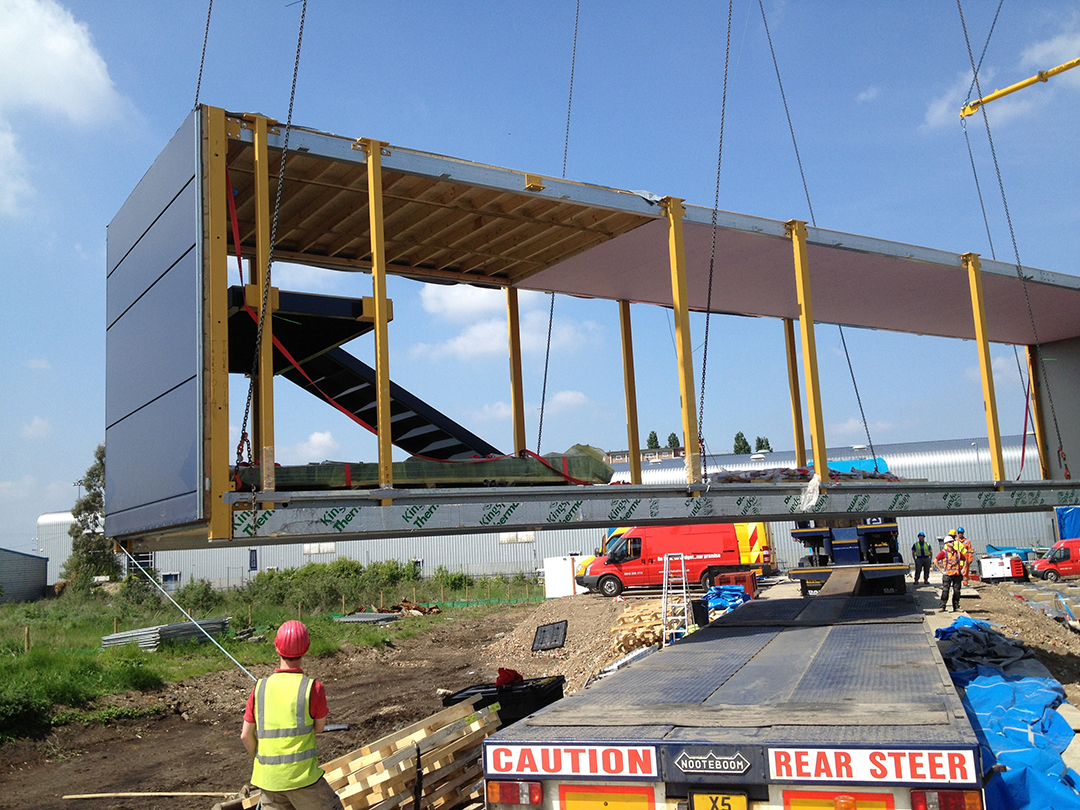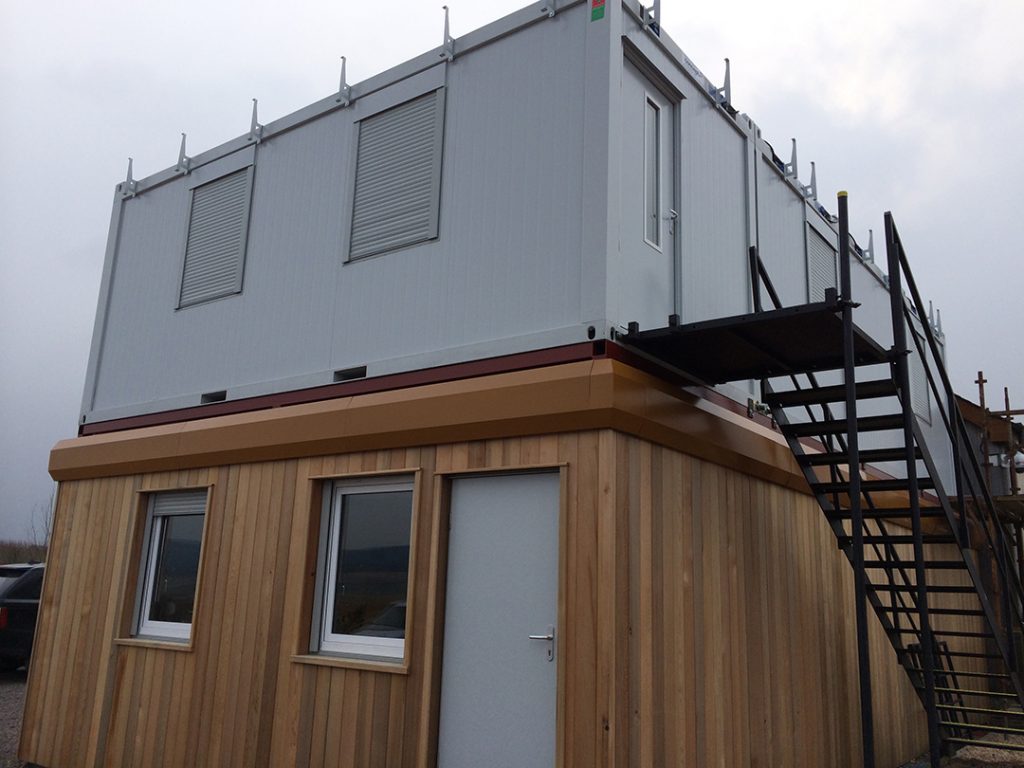The UK is in the midst of a housing crisis with supplies struggling to keep pace with demand. One potential solution is to use modular buildings to create more homes. This is a similar strategy to when prefabricated homes were so popular post WWII to help boost supplies. But, the big question is would it work today?
The trade body Make UK Modular represents some of the biggest manufacturers in the industry, totalling 70% of the market. These companies built 3,300 modular homes last year. More impressively, they are on track to build 10,000 per year by 2025. It would be a fantastic boost to housing supplies.
The advantages
There are plenty of reasons to choose modular buildings to create different types of housing, including homes, apartment blocks, student accommodation, and more. They could help to dramatically increase supply.
Labour
The major advantage here is the reduction in labour. One of the biggest obstacles in the construction industry in UK is worker shortages. It has gotten worse since Brexit.
According to BD, it typically takes five people (three bricklayers and two labourers) two weeks to build a house. Five people in a factory could simultaneously work on creating several modules. As a result, the amount of labour it takes to create the housing can be much lower.
There is also an advantage with accessibility to labour. With traditional construction, the labour force needs to be mobile to travel to different sites. However, that brings limitations for some who can only travel a specific distance from their home. With modular there is no concern about this because people work in the same factory every day. There will be no fluctuations in numbers.
Speed
The build time with modular buildings is also much smaller. As we said above, the average for a brick and mortar house is two weeks. That is just for the core of the structure. It can then take longer to finish and install everything. You save a huge amount of time with modular. Creating the sections in a factory can take a few days, then the same for installation and finishing. In all, the time to market is dramatically smaller.
Quality
Modular can also offer incredible advantages in terms of the quality. The homes can be high specification, made using fantastic materials. They can achieve high specifications in terms of energy efficiency and carbon footprint. This makes them a great choice in terms of sustainability and the impact on the environment.
Obstacles
However, it isn’t all smooth sailing. Modular buildings can’t hit the same supply volume as traditional construction for a number of reasons. This includes additional hurdles with planning and concerns about regulations. The Government is looking to help with both to support the industry.
The main issue though is the number of projects. If modular housing is to be a success, there needs to be more developments to showcase how good it can be. This in turn would make more people choose it for other projects.
Do you want to learn more about modular buildings?
At S&S Site Services we support clients who want to use these buildings for an array of different needs. We can handle installation, relocation, refurbishment, and more. Our team have experience with different manufacturers, ensuring we can handle a wide array of buildings and jack leg cabins.
If you would like to learn more about what we can do or have a project in mind, feel free to contact us.







